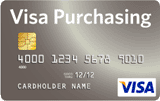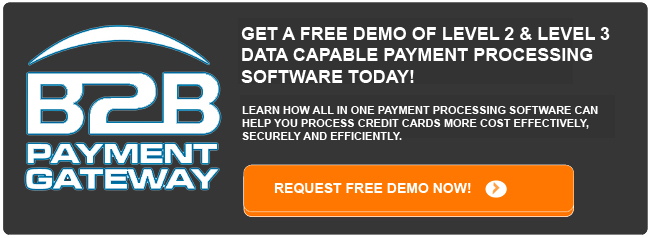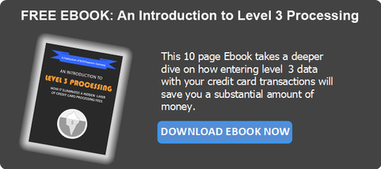State and government agencies are switching over to using purchasing and procurement credit cards with their vendors for many reasons. It streamlines how front-line managers can access products and services; and the card providers (banks) rebate the government a percentage on the amount purchased. It makes the procurement easier for the federal cardholder and the vendor. Agencies have more control and restrictions around what the cardholder can purchase.visa_purchasing_card
If your business involves government contracts, you may wonder why there is such a push to accept credit card payments. Although credit card payments might cost you more than accepting checks, it’s better than running the risk of losing a contract because your customer went with a vendor that accepts cards.
you may wonder why there is such a push to accept credit card payments. Although credit card payments might cost you more than accepting checks, it’s better than running the risk of losing a contract because your customer went with a vendor that accepts cards.
The first step any business should look into when considering accepting government cards is a level 3 payment portal. In fact, the U.S. General Services Administration (GSA) mandates that a vendor is able to processes level 3 data before signing a contract. Level 3 data includes product codes, freight information like duty, postal codes from both the products destination as well as origin, any discounts that may apply, the country code, tax information, and more.
There are many merchant service providers that offer level 3 data processing so make sure you use one that does. Luckily, with the advancement of recent technology, accepting level 3 data is easier than ever. Some level 3 payment gateways are very intuitive and may even warn you if there is any missing line item detail necessary to qualify for the lowest rate.
The ability to process level 3 data will not only better a business’s chance of winning a government contract but will also lower their processing fees up to 40%. The savings are even more significant if a vendor is still using a tiered structure. Entering in level 3 data will eliminate any non-qualified surcharges as well as lower the overall percentage of accepting government cards.
Government agencies have big incentive to use government purchasing and procurement credit cards. Tthe Department of Commerce, estimated that the use of procurement cards saved them over $22 million per year on administrative costs and the reduction in purchasing processing time. The use of these cards has allowed purchasing departments to concentrate its efforts into the 15% of the total procurement spend that accounts for 98% of the total expenditure.
The Visa Purchase Card is the most widely procurement card in the Federal government. Government financial reports indicate that in FY10, approximately 98.9M transactions were made and $30.2B were charged using the GSA SmartPay charge cards, creating $325.9M in refunds.
There are currently over 350 agencies/organizations participating in the program spending $30 billion annually, through 100 million transactions on over three million cards.
Another benefit for any business considering accepting government credit cards is they no longer have to wait an average of 30 days for a payment to arrive. The average processing time for accepting cards is 2-3 business days. This reduces the overhead cost of any floating funds while waiting for the payment to be processed.
In summary, as government agencies make the transition to using purchase cards, many businesses looking to accept government payments need the ability to process level 3 data or get left behind. With an 84% adoption rate, purchasing cards will only get bigger.


 convenience store, a restaurant, or any other enterprise where the business is selling their product or service directly to the consumer. Level 1 processing requires the least amount of data from the consumer, usually just their name, the amount of the transaction, and the date the transaction was made.
convenience store, a restaurant, or any other enterprise where the business is selling their product or service directly to the consumer. Level 1 processing requires the least amount of data from the consumer, usually just their name, the amount of the transaction, and the date the transaction was made.